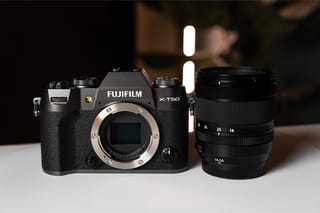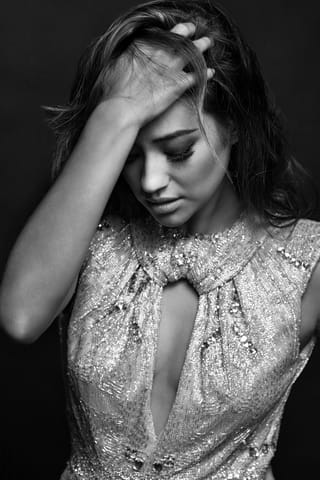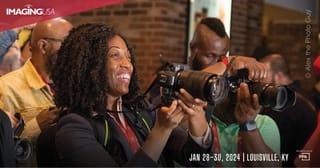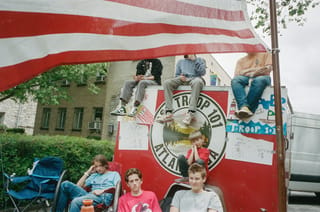
We recently caught up with New York-based street photographer Paulie B. Keep reading for an exclusive interview, where we explore his journey, evolving techniques, and the inspirations behind his work in the city’s vibrant streets.
Can you share the moment or experience that first sparked your interest in street photography? What drew you to this art form?
In 2015, I started a 365 project where I committed to taking a photo every day for the year. Early on, during my commute home, I snapped a ‘street photograph’ of a train conductor/engineer and a commuter on the train with very opposite facial expressions (a very mediocre photo, obviously), and that lit me up, knowing no one will ever get that exact same photo with those exact same people ever again. I didn’t even know what street photography was until a few months later.

That initial spark often leads to unforgettable encounters. What’s the most memorable interaction you’ve had while shooting on the streets, and how did it shape your approach?
I don’t think I have a single “most” memorable interaction. Early on, I was very much in the mindset that everything had to be candid, with no interaction. But the more and more I got into this, the more joy and fulfillment I got from talking to people and interacting with them before taking their picture.
There are definitely still times when a candid, no-interaction shot works better, but like most things, it depends on the situation.
How do you stay present and ready to capture moments in street photography?
Focus comes and goes—it has its own rhythm across days, weeks, and even years. When I’m locked in, I try to let go of conscious thought and just be. That absence of thought often leads to the most genuine interactions or moments. But when my focus fades, I miss shots. It’s inevitable. The key is to have a short memory. Zoom out— it’s like a meal, the final result is greater than the sum of its parts.
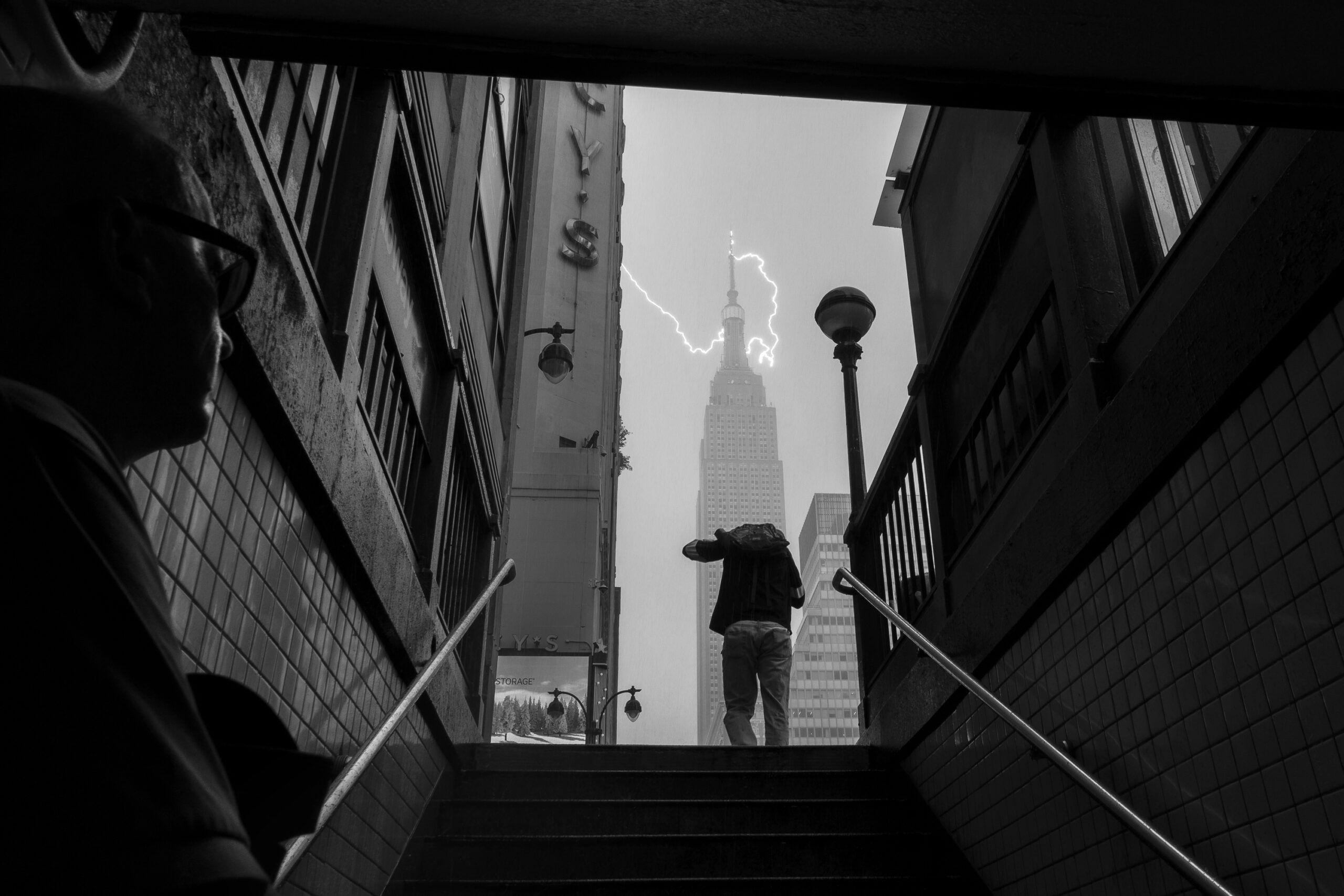
With so many unique perspectives out there, how would you describe your own voice or style in street photography?
Honestly, I’m still figuring that out. I’ve asked this same question to guests on ‘Walkie Talkie’ before, so I feel like a bit of a fraud. Maybe my style changes every so often that it doesn’t even have its own voice and right now, that’s okay as long as I’m genuinely enjoying doing this.
Your Walkie Talkie series showcases various photographers and their approaches. Which episode stands out to you as a favorite, and what insights did you gain from that conversation?
That’s like asking who my favorite child is! But recently, the episode with Brian Wertheim stands out. It really shows how photography can be used as a tool for connection and also disconnection. Also, Daniel Arnold’s episode is full of gems. He effortlessly drops wisdom. And Dre’s mantra? “It’s always right now.” That one stuck with me.
For those just starting in street photography who might feel intimidated, what advice would you offer to help them find their footing?
Repetition builds competency, and competence builds confidence. You may get better the more you do it. Just let it rip.
Building on that, what are your top three tips for new photographers specifically interested in street or documentary-style photography?
-
- Enjoy yourself.
- Take your camera everywhere.
- And also, don’t forget to enjoy yourself.
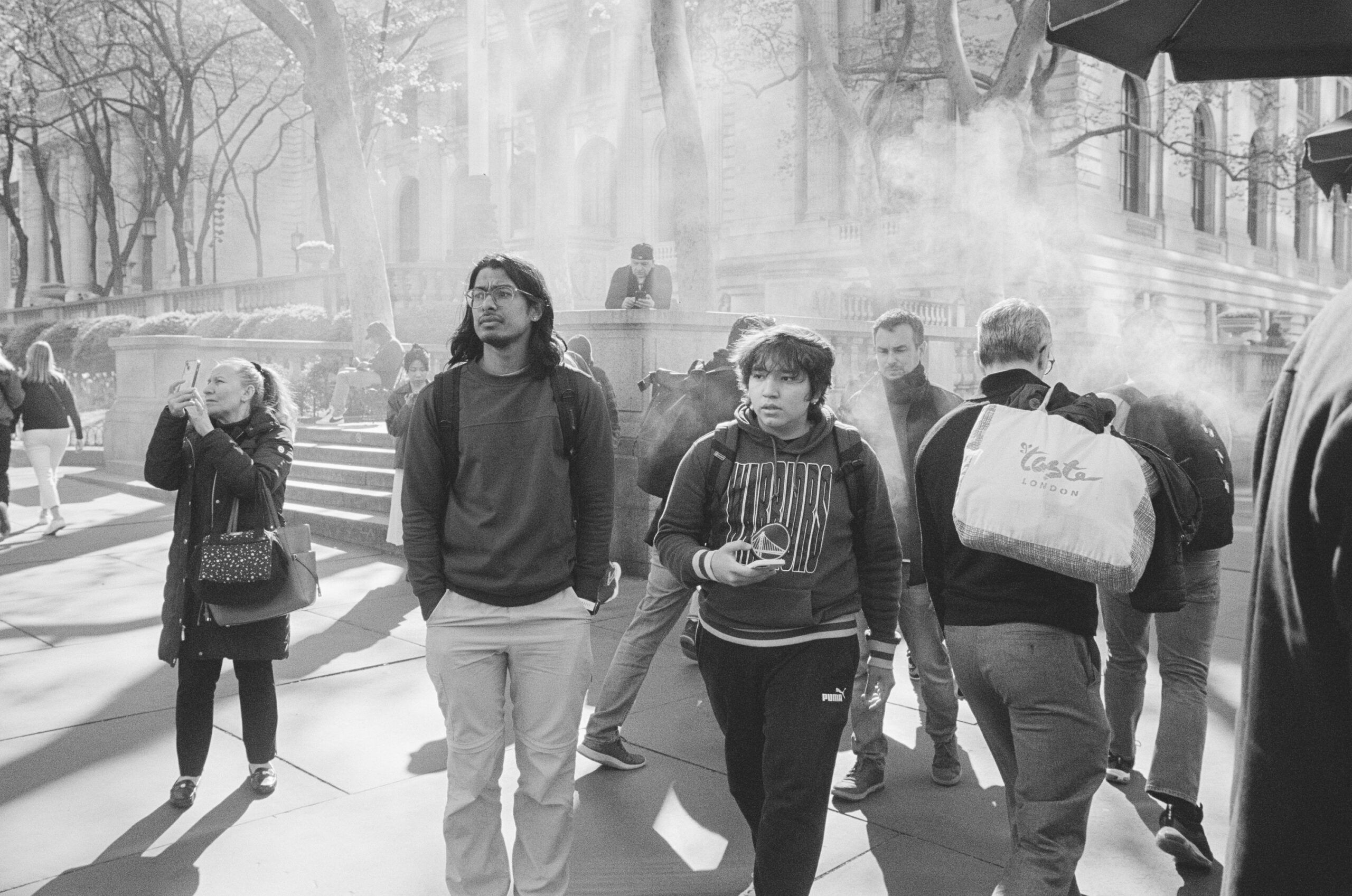
Who are your biggest photography influences, and how have they shaped your own artistic journey?
My influences are constantly changing, which I think is a good thing. There’s a Churchill quote I heard in House of Cards back in 2013: “To improve is to change and to perfect is to change often.”
Right now, three recent influences are:
-
- Peggy Nolan: Her documentation of life and family.
- Sage Sohier: Her ability to connect with her environment and subjects.
- Don Hudson: For his documentation of public events like Fairs, Carnivals, etc in the 70’s-90’s.
Ask me again in three months, though—it’ll probably be different!
Your YouTube channel and zines have inspired many. Are there any upcoming projects or collaborations we should look for? What’s next on your creative horizon?
I don’t usually work with specific projects in mind. Daniel Arnold mentioned “the pile” in his Walkie Talkie episode, and that concept stuck with me. Right now, I’m just adding to the pile, and maybe one day, some of that pile will become part of a project.
That said, over the past two or three years, I’ve been shooting at state fairs, carnivals, and festivals—it’s been a lot of fun. Maybe eventually, that will turn into a zine, book, show, etc., …maybe not. And I’m also working on something in the background, a ‘project’ I’ve already spent over 100 hours on this year. Hopefully, it’ll turn into something special.
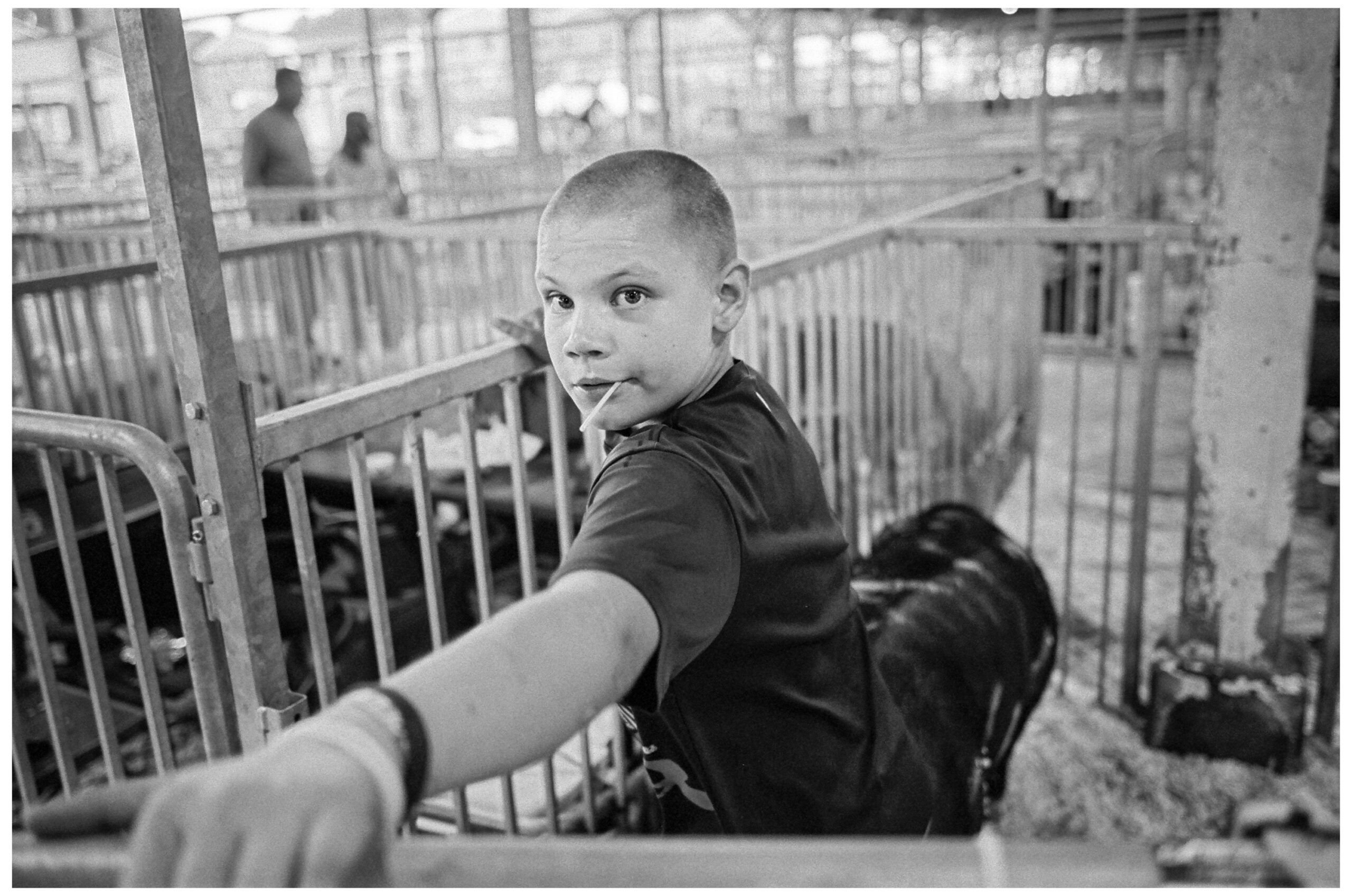
What makes your go-to kit for street photography your top choice?
It’s a mix of familiarity and joy. I love the tactile experience—taking photos, hearing the shutter, changing the film. It all adds to the feeling of, “Do you actually enjoy this?” When you find a camera you genuinely enjoy using, the familiarity will come with time and practice—at least, that’s been my experience.
Any camera gear recs for aspiring street photographers?
Absolutely! The Leica MP is great if you like rangefinders. If you lean towards SRLs, the Nikon F3 is a classic. And if auto-focus isn’t your thing, I love the Canon EOS 3.
Want to see more from Paulie B?
Check him out on Instagram, or watch one of his latest videos!

